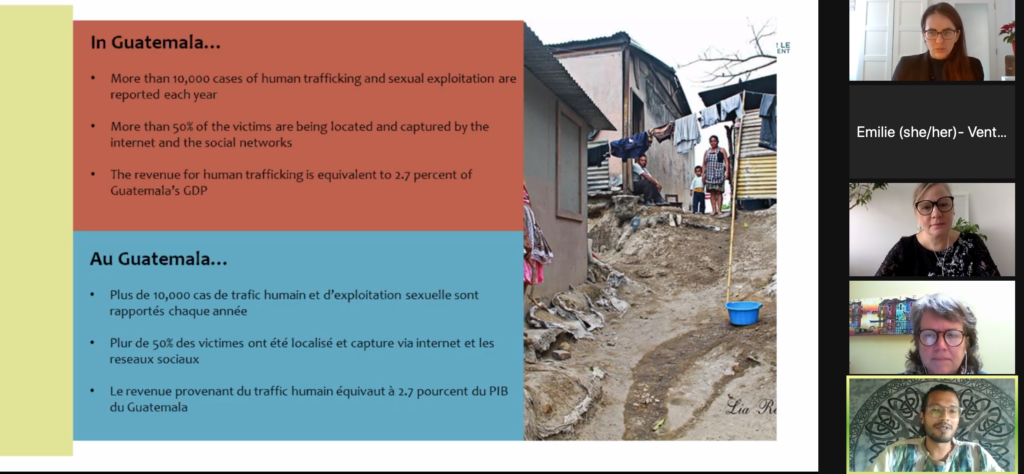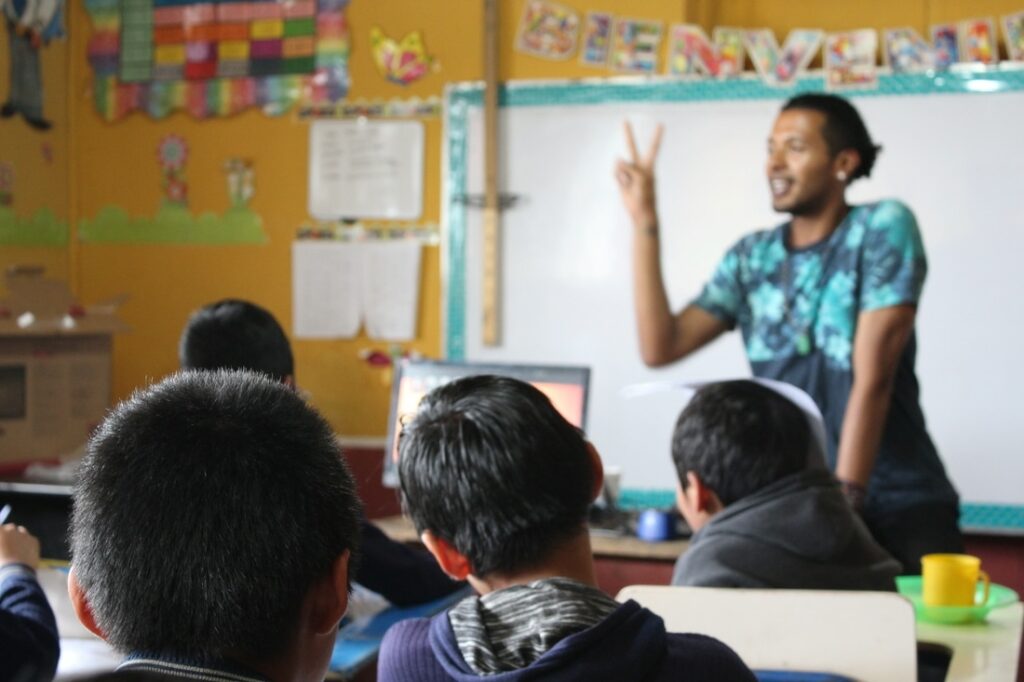
Skills Based Volunteering As A Tool For Improving Employee Engagement
“Individual learning from volunteering culminates into organizational learning; as firms nurture their employees’ skills via volunteering, firms capture this in the form of greater human capital and financial performance”- — Camilleri (2016)

By Emilie Chiasson
In a report from Independent Sector, Skills-based volunteering is said to be five times more impactful than traditional, hands-on volunteering. Their research also showed that the value of one person’s skilled service can be worth hundreds of dollars per hour as opposed to traditional volunteer work.
Volunteering is not a “one size fits all” activity. There are different problems around the world that you can donate your skills to solve such as eradicating hunger, child care, climate change, eradicating poverty and building entrepreneurship skills.
With skills-based volunteering, employees can contribute their skills and expertise to subject areas that help to improve lives.
To better understand skills based volunteering, let us take a quick dive into a project we executed earlier this year in partnership with SalesForce and Braven.
Braven is a nonprofit organization in the San Francisco Bay Area dedicated to helping youths from underrepresented communities and first generation college students. Understanding Braven’s mission, the goal of this project in particular was to ensure that more students were reached, enrolled and retained within Braven’s system. To achieve this goal, highly skilled Salesforce employees from different regions across the country ( New York, Florida, Atlanta, San Francisco, and Seattle),
contributed a variety of mission critical skills including: project management, marketing, design and technical expertise.
The project saw co-creative contributions, insightful discovery sessions and clear winning strategies with sample prototypes to ensure success.
To achieve the results they wanted, the volunteers worked together to;
- Conduct discovery sessions with Braven to understand the current state of the volunteer journey
- Develop a gap analysis study to understand what key levers need to change to help Braven attract and retain students to programming
- Offer a set of recommendations to support the Braven team in improving their volunteer engagement journeys, thus serving more students in their programming.
The resulting impact of this would go on to show that;
- Due to the quality of work provided by the highly skilled salesforce employees, Braven was able to save $14,000.
- There was an increase in employee satisfaction and a renewed energy/outlook to their workplace by over 80%.
- 100% of the employees were very satisfied with the project and look forward to having another organized for them.
Key learnings from this project showed that the communities were also greatly impacted as there were opportunities for increased long-term networking relationships between participants and volunteer mentors. Read more on the Braven Case Study Here
In a 2019 study by UN Volunteers, it is shown that 77,950 people participate in organization based volunteering. This would make you wonder, what exactly makes people want to partake in formal volunteering through skills-based volunteering activities?
The answer isn’t far-fetched. Skills-based volunteering is a valuable tool for organizations to motivate employees and build more robust engagement.
Another survey on employees by America’s Charities Snapshot Employee Donor Research , 71% of them say it’s very important to work at a company where the culture is supportive of giving and volunteering.
Furthermore, the 2020 Deloitte Global Millennial Survey revealed that employees are re-examining the companies they work for with an eye on social good and impact, with 61% of Millennials wanting to work for a company that offers volunteering opportunities.
Skills-based volunteering does not necessarily require deep knowledge of technological skills. Providing technical assistance to nonprofits is a common form of skills-based volunteering. Such skills can include digital marketing, project management, product management, website design and development, graphics design, product design and more. The list is inexhaustive.
Corporate volunteer programs often involve partnering with nonprofit organizations through employee volunteers to bridge the gap between people who require learning valuable skills and those who can provide that knowledge.
An example is our Uganda Virtual Hackathon Challenge. We worked with a team of highly skilled volunteers from top organizations (e.g,Microsoft, Telus, Salesforce) , to build an application to make data collection for Childfund Uganda easier, faster and more convenient. They were able to successfully move the entire process from a ‘pen and paper’ collation to a fully digital process that reduced the data collection time by 44%.
The benefits of skills-based volunteering to any organization are vast.
- Skills-based volunteering helps the employees of the company feel like they are contributing something meaningful
- It exposes them to new ideas and different ways of doing things
- It helps them develop new skill sets
- It makes them more valuable in the workplace
- It improves their morale and company culture.
- Increased employee engagement
- Strengthening connections with communities
Employees who volunteer are less anxious, more satisfied, more committed, and more likely to recommend the company as a good place to work.
Venture 2 Impact helps organizations create specially tailored skills-based volunteering programs using our Human Centered Design. We are keen on connecting highly skilled individuals and organizations to communities where they can develop digital resilience, improve their quality of life, and increase gender equality, creating increased opportunities for decent work and economic growth.
Projects worked on are tailored to address a specific challenge that, when solved, would serve to improve the lives of the communities involved. The partnership benefits both parties because, on one end, the communities are getting access to resources and experience they need but cannot afford. Similarly, the professionals are building capacity, networking, and learning.
There are so many opportunities across the globe that require the support of people with technical skills. The world needs more companies making positive contributions through their Corporate Social Responsibility strategy. What this means is that organizations will need to spend more time curating volunteer activities that can serve as a way to improve employee engagement and well-being, as well as to ensure they are making an impact on communities that need help.
In Guatemala, more than 10,000 cases of human trafficking and sexual exploitation are reported every year, reflecting 2.7% of the country’s GDP (SERniña, 2021). Of these cases, over 50% of victims are captured through the internet and social networks (SERnina, 2021).

What does this have to do with NGOs and public engagement?
SERniña started to notice a trend where human traffickers were easily identifying victims to fit their profiles through NGOs’ use of beneficiary photos – photos that were being used to demonstrate their work and impact when reporting to donors and the public. In effect, NGOs websites and social media channels are a growing source of information to identify, locate, and learn about children. This led to children being easily targeted as traffickers were approaching them with very detailed information about their program and community.
So what did SERniña do?
They stopped showing children’s faces on their websites, social media, and when reporting to donors. Initially, they thought donors would have an adverse reaction, but as it turned out, they were very engaged and supportive of the shift. The Guatemalan NGO also launched a national campaign to bring awareness to the problem and to help other development organizations shift their approach. You can learn more about SERniña and their incredibly important campaign at http://www.sernina.org/csr-ssr.html

What does this mean for V2I and me as a development practitioner?
Our team started to think about how we tell stories and how we communicate impact. This led us down a broader journey of taking a hard look at our Theory of Change and our approach to monitoring, evaluation, and reporting. As individuals and as an organization, we have a role to play in creating systemic change where our ask or need to measure impact should align with our desire to enact transformative change. How can our monitoring, evaluation, and reporting be just as transformative as our programming?
That’s when we dug deeper and started learning about transformative evaluation. An approach which was inspired by conversations I had with a former classmate who now works for Engineers Without Borders (thank you, Geneva!) and while attending the Atlantic Council for International Cooperation’s MEAL training.
What’s Transformative Evaluation?
Transformative evaluation places social justice at the centre of an evaluator’s work. It moves an organization from thinking solely about transformative programming to including similar ethical, participatory, and trust building practices in monitoring, evaluation (M&E) and reporting (EWB, 2019). While V2I currently uses Design Thinking Processes to develop our NGO and volunteer projects, we have been presented with an opportunity to further extend the engagement of end beneficiaries in the development and execution of our M&E. The actual design of the evaluation enhances benefits for the local community and where we actively continue to shift power dynamics and oppressive structures to ensure our partners inform the way in which they want to be monitored, evaluated, and reported (EWB, 2019).
Where do we go from here?
This year, Venture 2 Impact will be launching a new Theory of Change and approach to Monitoring and Evaluation informed by our renewed understanding of the multiple factors (good and bad) of public engagement and our approach to transformative evaluation.
My experience at the Spur Change National Conference and as a Youth Delegate for the ICN has helped V2I and me start down this journey.
I want to extend a big thank you to SERniña for their willingness to share their experience and how they are co-creating new stories with their beneficiaries. My gratitude is extended to the Inter-Council Network for supporting young development professionals, such as myself, to have a seat at the table.
Works Cited
Engineers Without Borders. (2019). Transformative Evaluation at EWB. https://bit.ly/3vfOOSQ and A Transformative Evaluation Toolkit for The Impact Investing Sector. https://bit.ly/3gB0ICW
Serniña. (2021). SERniña Public Engagement & Marketing Campaign. http://www.sernina.org/csr-ssr.html